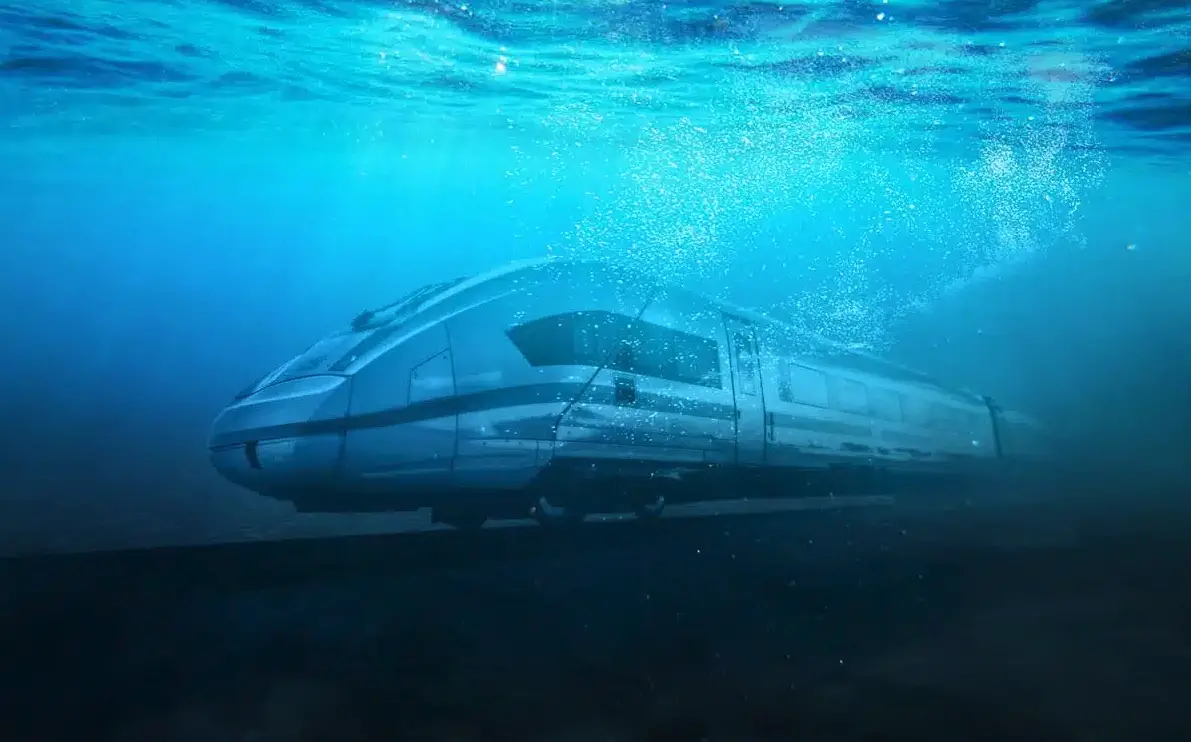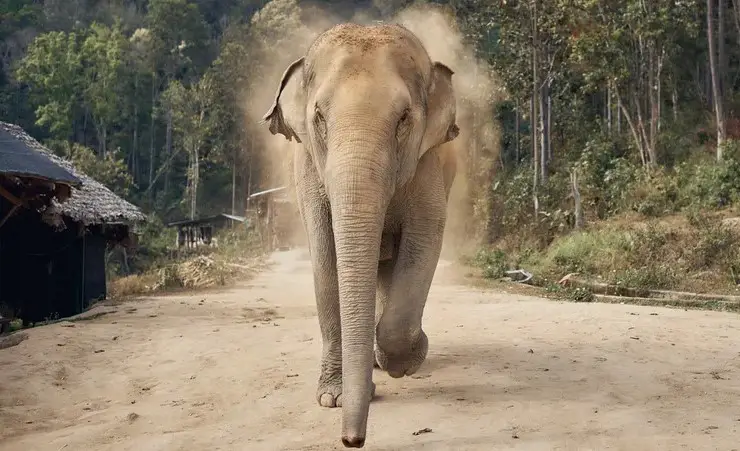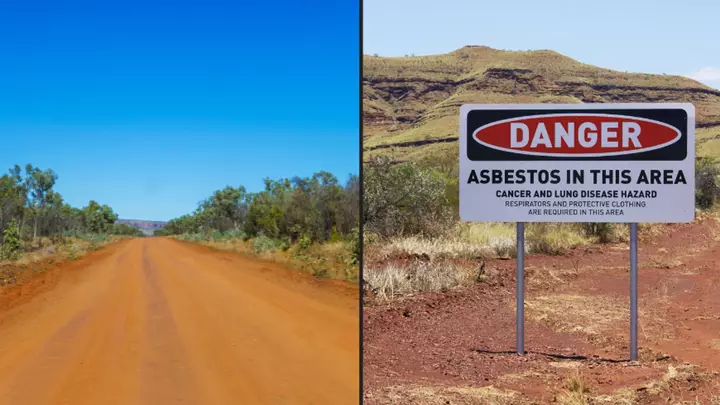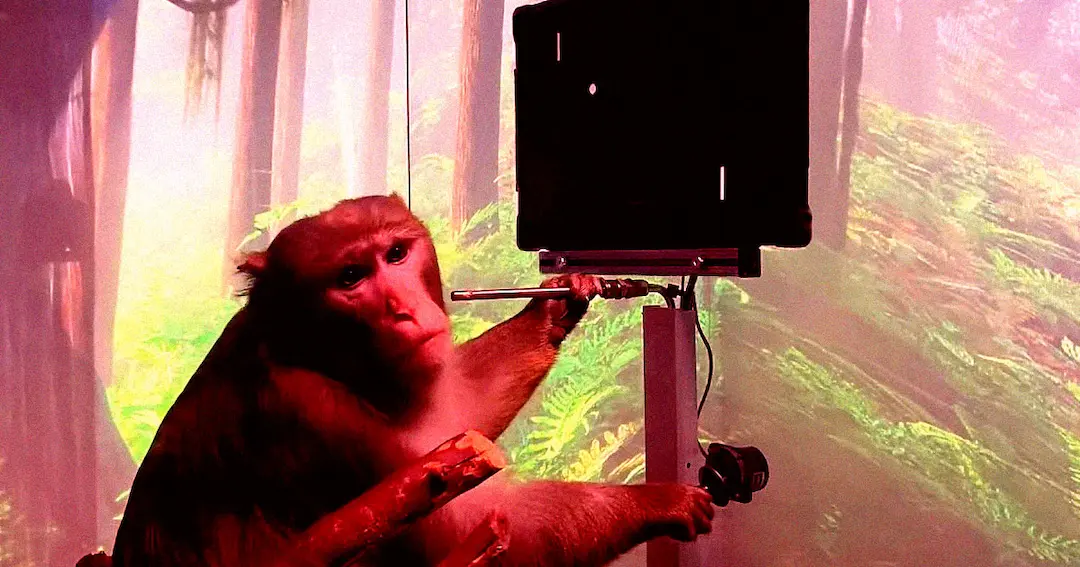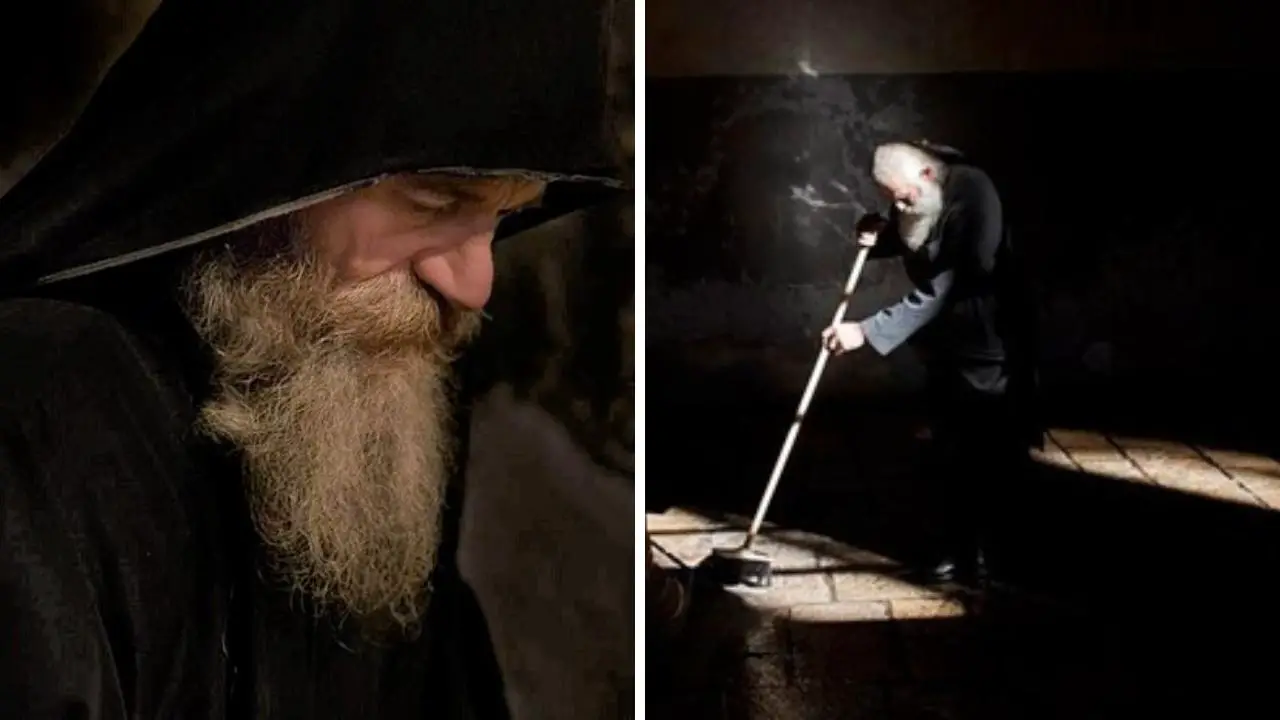10 Places That Appear to Be Portals to Earth’s Core
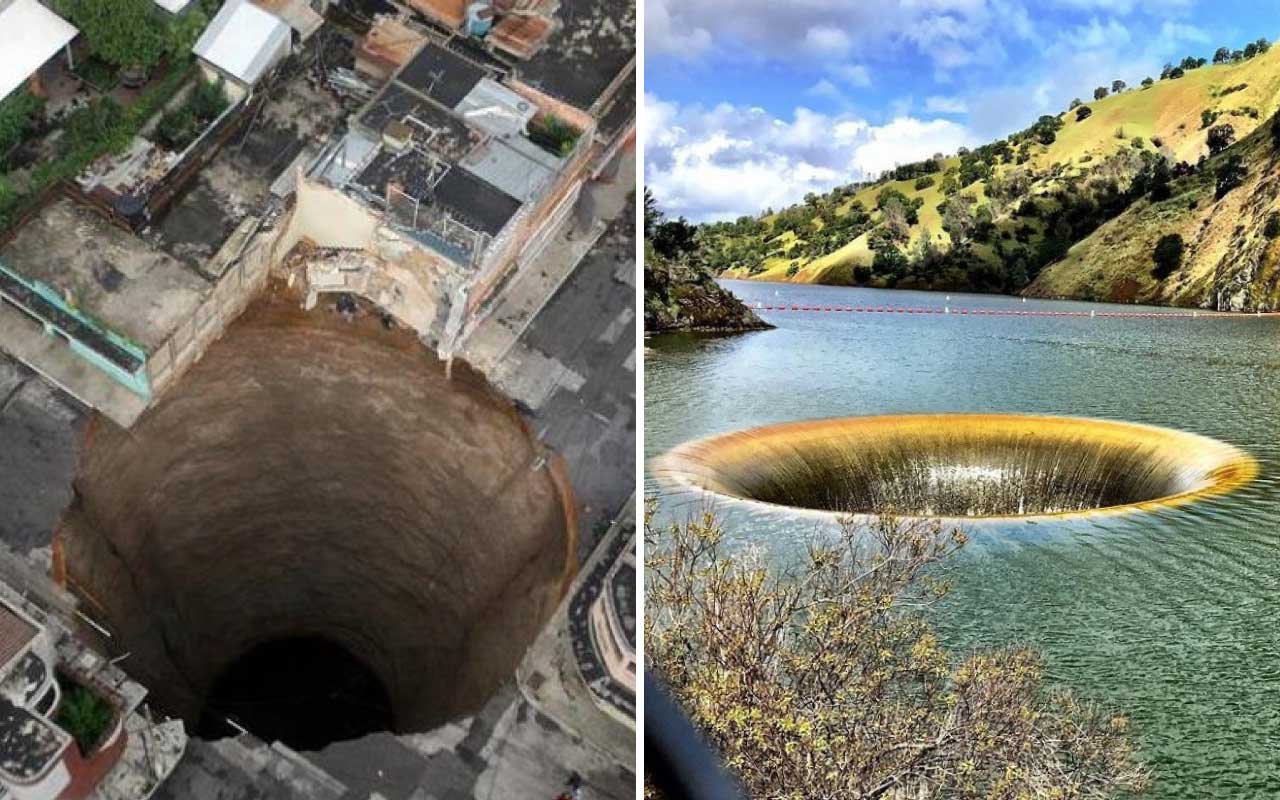
Occasionally, Earth’s surface splits open, revealing chasms of varying depths. These striking formations are often crafted by nature, though human activity sometimes plays a role in their creation.
While scientists and mystics ponder their origins, travelers are drawn to these sites, eager to capture their breathtaking beauty in photographs. Explore the top 10 locations on Earth that appear to be gateways to its core below.
01
The ‘Glory Hole’ Spillway, Monticello Dam’s Reservoir, Northern California
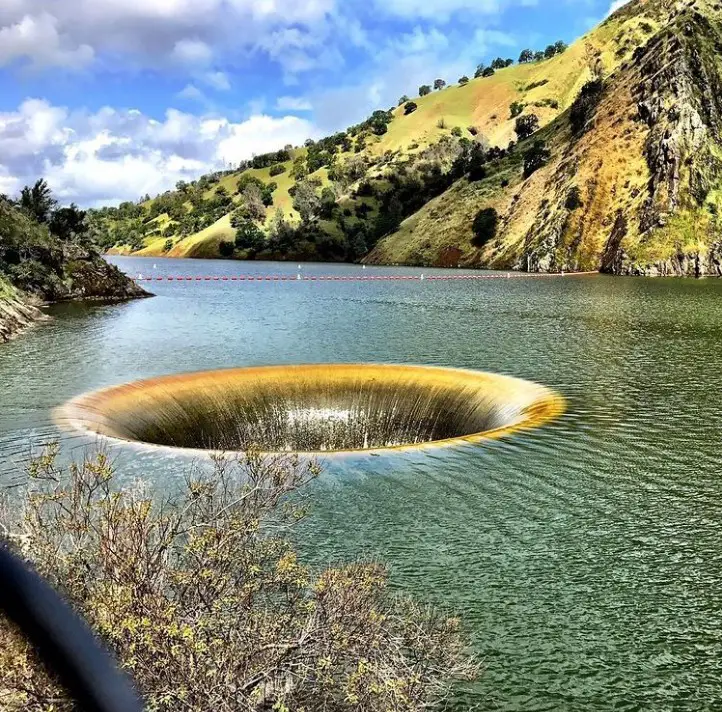
The ‘Glory Hole’ Spillway at Monticello Dam, Lake Berryessa, Northern California, is a striking engineering feat resembling a giant bathtub drain.
Constructed between 1953 and 1957, this 22-meter-wide concrete funnel manages excess water when the reservoir exceeds 134 meters, channeling it 200 feet down into Putah Creek.
Its dramatic appearance, especially during overflow events like those in 2017 and 2019, draws visitors, but swimming near it is prohibited due to safety risks, highlighted by a tragic 1997 drowning.
The spillway’s design, handling 48,800 cubic feet of water per second, underscores its role in flood prevention and its allure as a tourist attraction.
02
Guatemala City Sinkhole
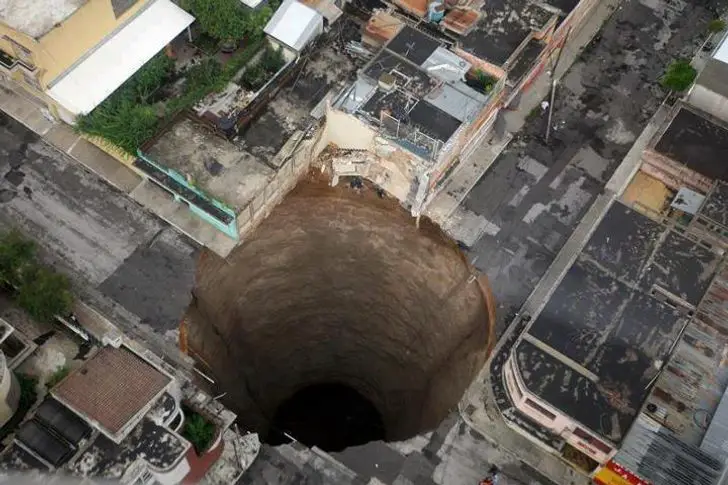
On May 30, 2010, a catastrophic sinkhole opened in Guatemala City’s Zona 2, measuring 65 feet wide and 300 feet deep, swallowing a three-story factory.
Likely triggered by Tropical Storm Agatha, volcanic activity, and leaking sewer pipes, the event exposed the city’s vulnerability due to its volcanic pumice and ash geology.
A similar 2007 sinkhole, 330 feet deep, killed five people, underscoring ongoing risks.
Residents had reported ground instability since 2005, and experts note that heavy traffic and poor infrastructure maintenance exacerbate the issue.
The sinkhole’s sudden formation and depth make it a stark urban geological phenomenon.
03
St. Patrick’s Well, Orvieto, Italy
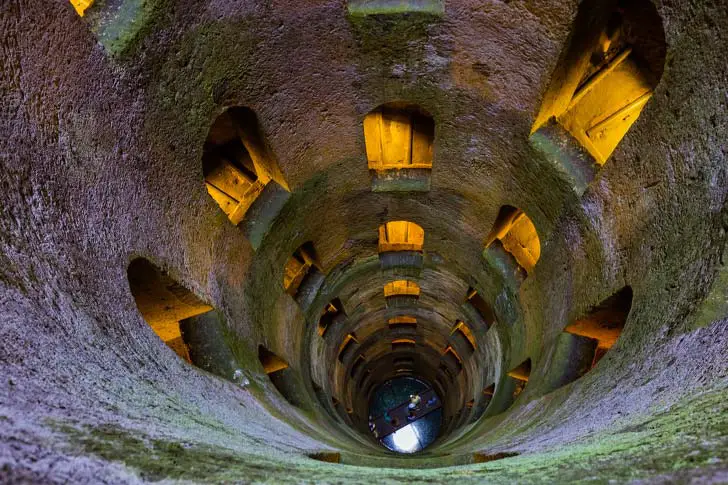
St. Patrick’s Well, or Pozzo di San Patrizio, in Orvieto, Italy, is a 16th-century engineering marvel built by Antonio da Sangallo the Younger for Pope Clement VII.
Commissioned in 1527 after the Sack of Rome, it ensured water supply during sieges.
The 53-meter-deep well features a double helix staircase with 248 steps, allowing mules to transport water without crossing paths.
Named after St. Patrick’s Purgatory, a legendary Irish cave, it symbolizes depth and mystery.
Illuminated by 70 windows, it remains a popular tourist site, reflecting Renaissance ingenuity and Orvieto’s historical significance.
04
Crater of Mount Yasur, Vanuatu Island
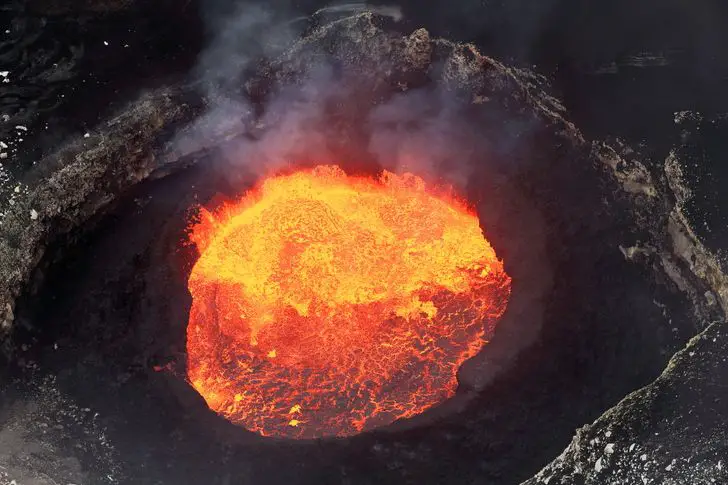
Mount Yasur, on Tanna Island, Vanuatu, is one of the world’s most active volcanoes, erupting nearly continuously since at least 1774, when Captain Cook noted its glow.
Its 400-meter-wide summit crater, within the Yenkahe caldera, produces frequent Strombolian and Vulcanian eruptions, ejecting lava bombs and ash.
Located in a remote yet accessible area, it’s a major tourist draw, monitored by the Vanuatu Geo-Hazards Observatory for safety.
The volcano’s fiery displays, sometimes hourly, and its cultural significance to the John Frum cargo cult make it a mesmerizing natural spectacle.
05
The Kimberley Diamond Mine, South Africa
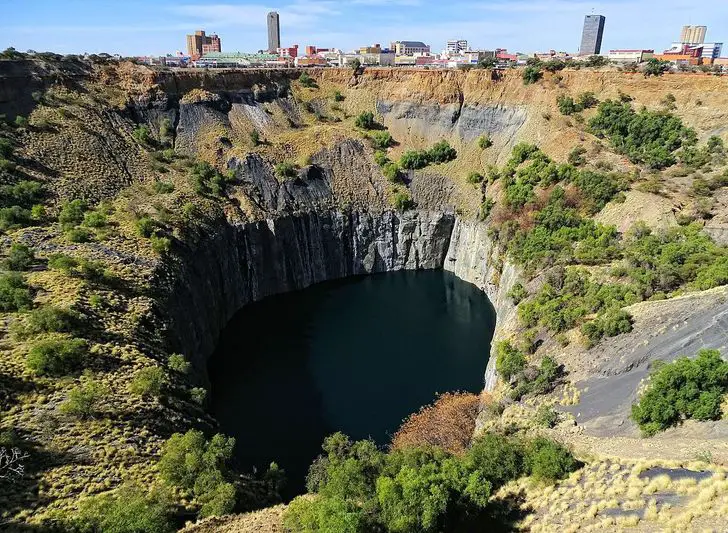
The Kimberley diamond mine, known as the “Big Hole,” is a historic site in Kimberley, South Africa, central to the 1870s diamond rush.
From 1871 to 1914, 50,000 miners hand-dug this 463-meter-wide, 215-meter-deep pit, yielding 2,722 kilograms of diamonds.
Initially a hillock, Colesberg Kopje, it transformed into the world’s largest hand-excavated hole.
Now a tourist attraction, the adjacent Kimberley Mine Museum showcases artifacts and the De Beers family’s history.
The mine’s economic impact shaped South Africa’s industrialization, though its harsh conditions led to many deaths, fueling debates about its legacy.
06
Great Blue Hole, the Belize Barrier Reef
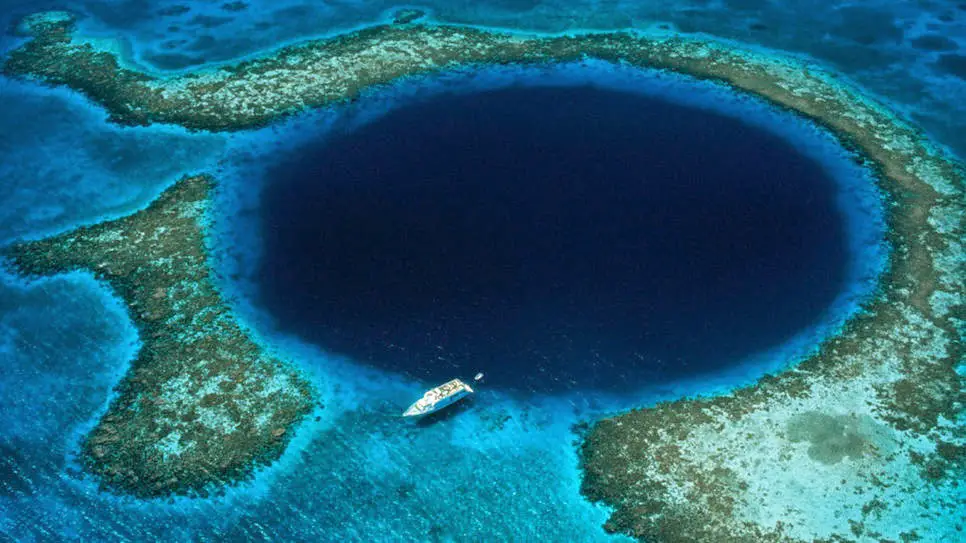
The Great Blue Hole, a marine sinkhole in Belize’s Barrier Reef, is a UNESCO World Heritage Site formed during the last Ice Age.
Measuring 318 meters wide and 124 meters deep, it features a circular shape and vibrant coral reefs.
Jacques Cousteau popularized it in 1971 as a top diving site, noting its stalactites and marine life, including sharks.
Located 70 kilometers from Belize City, it attracts divers and snorkelers, though some find the dive underwhelming due to hype. Its geological history and biodiversity make it a natural wonder.
07
The Inverted Tower of Masons, Portugal
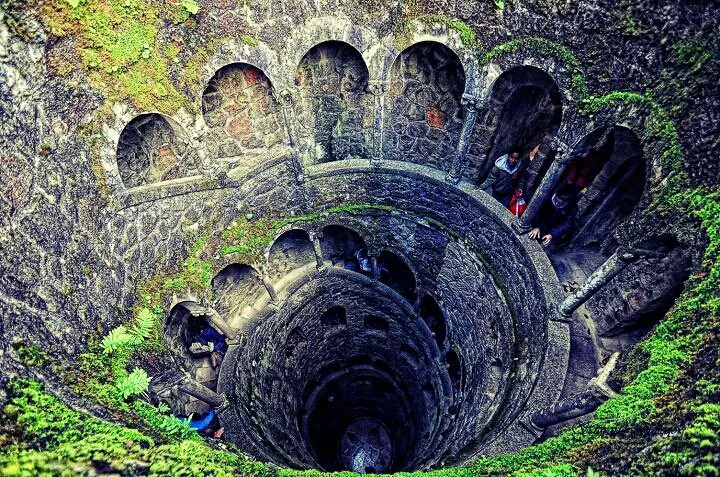
The Inverted Tower of Masons, or Initiation Well, at Quinta da Regaleira, Sintra, Portugal, is a 27-meter-deep structure built in the early 20th century by António Augusto Carvalho Monteiro.
Designed by Luigi Manini, it features a spiral staircase and Masonic symbolism, possibly used for initiation rites.
Its nine levels and eight-pointed star at the bottom evoke Dante’s Divine Comedy, symbolizing spiritual journeys.
Part of a UNESCO World Heritage site, the well’s Gothic and mystical design, with underground tunnels, captivates visitors, though its exact purpose remains speculative.
08
Gates of Hell (Darvaza), Turkmenistan
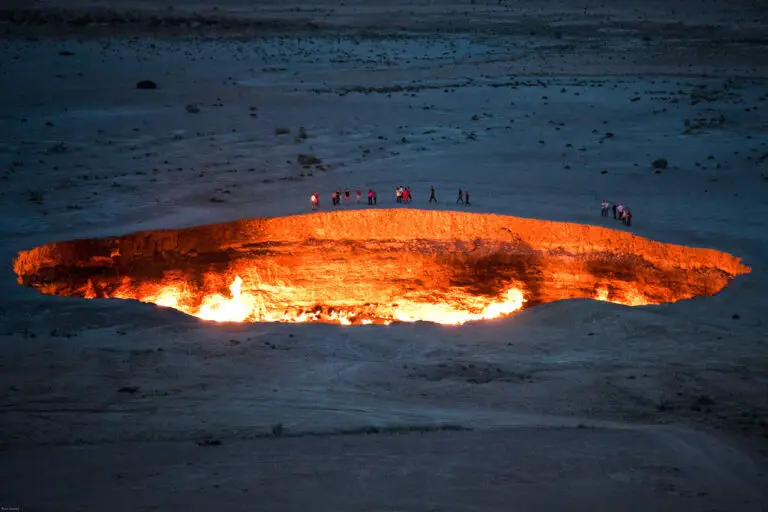
The Darvaza gas crater, dubbed the Gates of Hell, is a 70-meter-wide, 30-meter-deep burning crater in Turkmenistan’s Karakum Desert.
Formed in 1971 after a Soviet drilling rig collapsed into a gas cavern, it was ignited to prevent methane spread, expecting a brief burn.
Decades later, it still burns, attracting tourists to its fiery glow. Recent reports suggest diminishing flames, possibly due to gas siphoning, raising environmental concerns about methane emissions.
Its origin story is debated, adding to its mystique as a unique geological and human-made phenomenon.
09
Mutnovsky Ice Caves, Russia

The Mutnovsky Ice Caves on Russia’s Kamchatka Peninsula are formed by hot springs flowing beneath glaciers near the active Mutnovsky volcano.
These nearly kilometer-long tunnels, illuminated by sunlight through thinning ice, create a surreal, rainbow-like effect.
Discovered in 2012, they are a rare blend of fire and ice, but volcanic activity, including a 2000 eruption, can restrict access.
The caves’ remote location and fragile nature make them a challenging yet captivating destination for adventurers and photographers, highlighting Kamchatka’s pristine volcanic landscape.
10
Cerro Sarisarinama, Venezuela

Cerro Sarisarinama, a tepui in Venezuela’s Jaua-Sarisariñama National Park, is renowned for its massive sinkholes, like Sima Humboldt, up to 352 meters wide and deep.
Located in a remote area, its name stems from Ye’kuana legends of a flesh-eating spirit. Covered in dense forest, it hosts unique ecosystems with endemic species.
First explored in 1974, its inaccessibility limits visits to researchers, preserving its biodiversity. The sinkholes’ formation remains a geological mystery, enhancing the tepui’s allure as a natural wonder.
Explore the World’s Most Dangerous Destinations. Ready for a thrill? Check out our list of the top 10 riskiest places on Earth that might make you rethink your travel plans!















